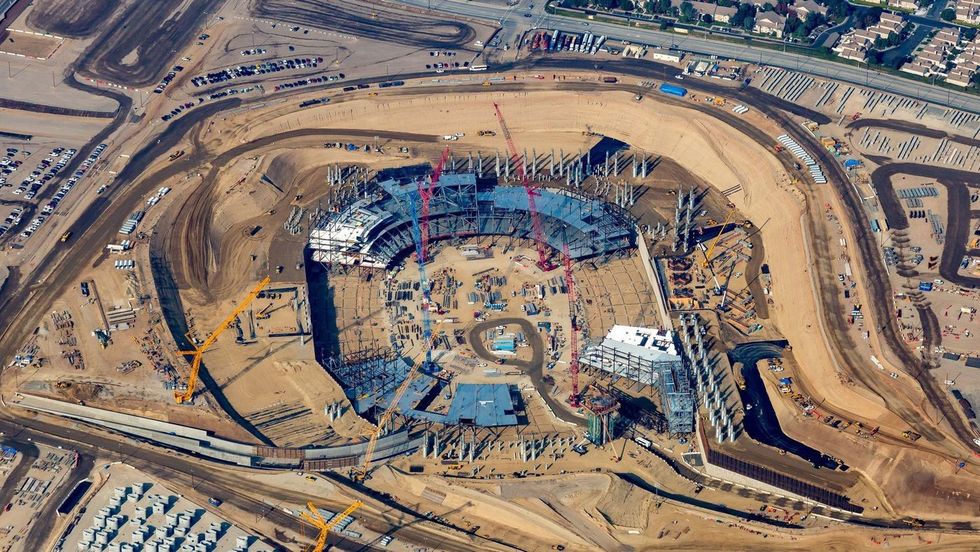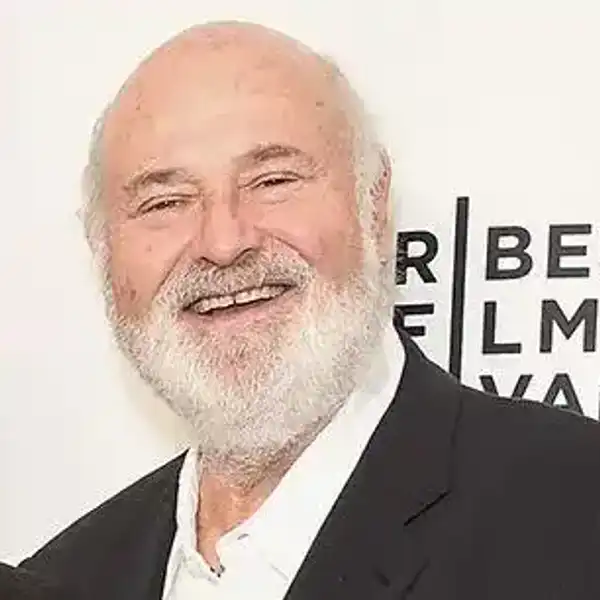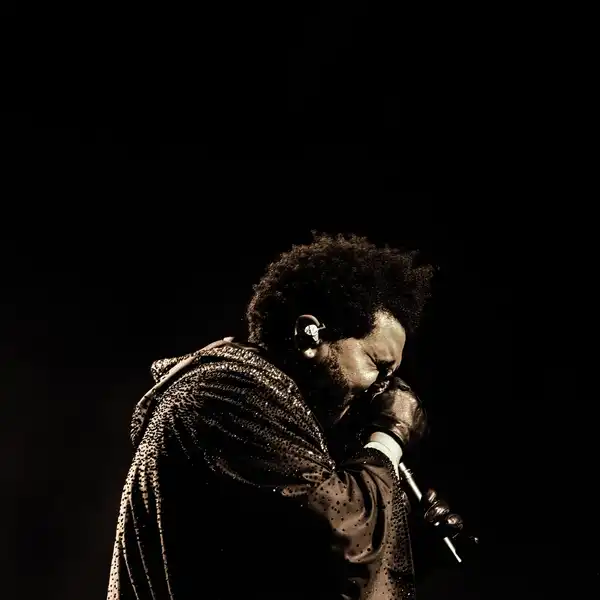Sports Stadiums Versus Public Housing
...The relationship between football and the future is looking shaky these days — raising the question of how long architects and cities will continue to buy into the idea that the sport's popularity is destined to rise eternally.

By External Source
The architectural nostalgia that poured into nearly every corner of Major League Baseball a generation ago, uncorked by the opening in 1992 of Baltimore's willfully eccentric and doggedly old-fashioned Camden Yards, did very little to change the look of football stadiums. When Super Bowl LII kicks off Sunday inside 2-year-old U.S. Bank Stadium in Minneapolis, home of the National Football League's Vikings, we'll get an up-close look at how loyal football has remained to a self-consciously futuristic, if often sleekly anodyne, approach to design.
Much like Atlanta's new Mercedes-Benz Stadium, AT&T Stadium in Dallas (2009) and the University of Phoenix Stadium in Arizona (2006), the Minnesota stadium is a monument to the idea that football, in great contrast to baseball, must always be moving forward. Designed by HKS Architects and built at a cost of $1.1 billion, among its most dramatic design elements — just to drive the point home — is a sharply angled exterior wall that the architects call "the prow."
Sometimes this forward motion can feel like a forced march to the tune of a corporate drummer from the NFL's home office in New York. It's surely a sign of pro football's impatience with middle-aged buildings that the HKS stadium replaced another design for the Vikings that in its own day was meant to look cutting-edge: the Hubert H. Humphrey Metrodome by Skidmore, Owings & Merrill. That building, an underrated design in a genial version of High Tech, was demolished in 2014, the year it turned 32.
Yet from a number of points of view the relationship between football and the future is looking shaky these days — raising the question of how long architects and cities will continue to buy into the idea that the sport's popularity is destined to rise eternally. Or, for that matter, into the idea that it makes sense, in the middle of a crushing housing crisis in Los Angeles, for a city to roll out the red carpet for NFL owners who want to use a major piece of land for a new stadium, as Inglewood has done for the $2.6-billion future home of the Rams and Chargers – From Minneapolis to Inglewood, the shifting politics of NFL stadium design, Christopher Hawthorne, Los Angeles Times















